
If you've lived in a house for a while, you probably know that as the landscape ages, the amount of sunlight frequently decreases. What was once a vegetable garden with lots of light can now be better suited for plants that prefer shade. The majority of fruits and vegetables require at least eight hours a day of direct sunlight to develop. Consider fruits that can grow in the shadow. Are there plants that bear fruit for shadow gardens? Unexpectedly, yeah. Learn more about fruit-bearing shade plants by reading on.
Best Fruiting Plants for a Shade Garden
You can cultivate some of the fruits on the list of fruits that can be grown in some shade below.
A few of these fruits will thrive in shaded areas, while others will only endure the darkness and would rather prefer more sunshine.
This can have an impact on their fruit production, resulting in a crop that is somewhat smaller and less delicious.
Here are seven hardiest shade-loving fruiting plants that can survive with as little as two to four hours of direct sunshine each day or all-day-long diffused light.

Rhubarb
Rhubarb is a cold-season crop that is not strictly a fruit because the edible element of each leaf is the long succulent stem. Keep children and animals away from it since the leaves are highly harmful. It is a perennial that requires little maintenance, blooms every year, and thrives in light shade.
Planting advice: Do this at the start of the spring. Before it can be picked, rhubarb takes at least a year to establish itself. Up to 60% of the plant can be harvested at once, but always leave room for some of it to regenerate.
Colorado Red and Victoria are the best cultivars for shade.
Harvest time is from May through July when stalks are around 10 inches long.
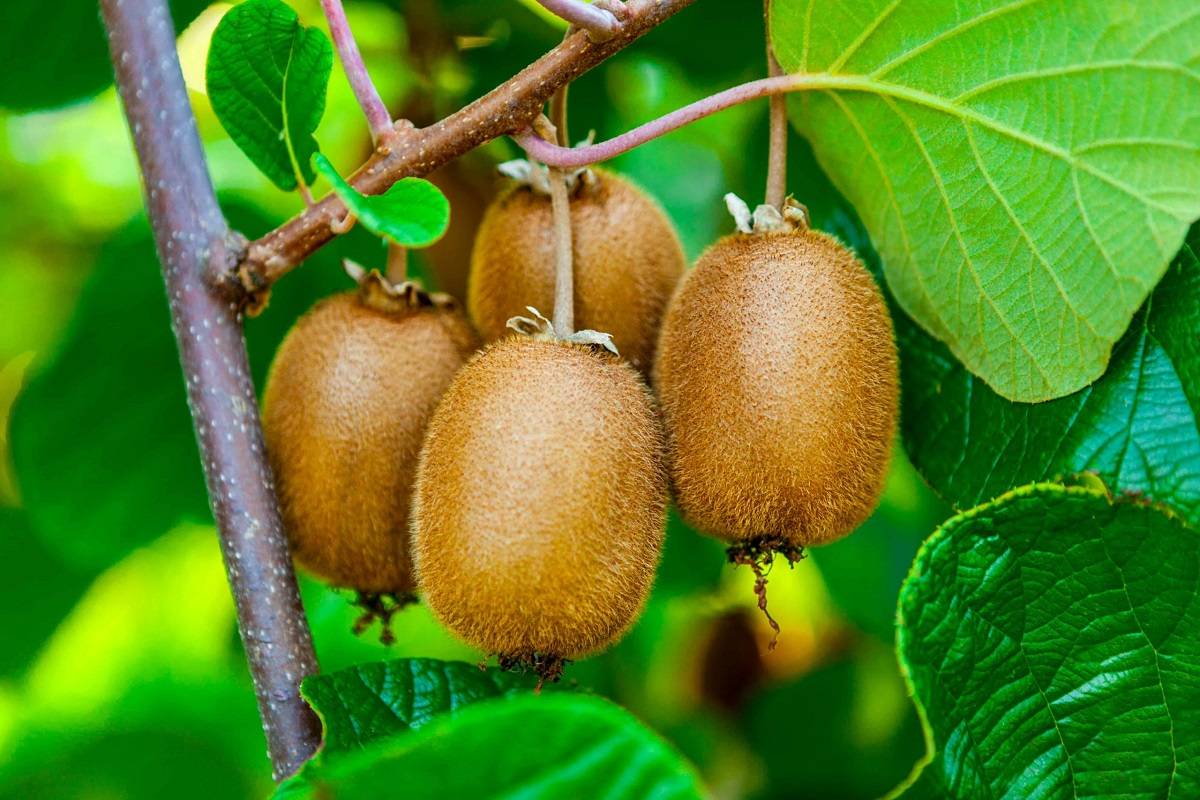
Hard Kiwi
A perennial plant known as hardy kiwi develops as a vine and bears smaller copies of the well-known kiwifruit. It can withstand freezing temperatures and bears fruit in the fall. Although the leaves cannot be as bright in partial shade, they can flourish in full sun.
Growing advice: Plant these vines in the spring after the risk of frost has passed, and make sure they have a strong trellising system in place. Harvest in the fall after pruning in the winter to encourage fruit development.
"Ken's Red" and "Arctic Beauty" are the best types of shade.
Harvest time is between August and September, depending on your location.
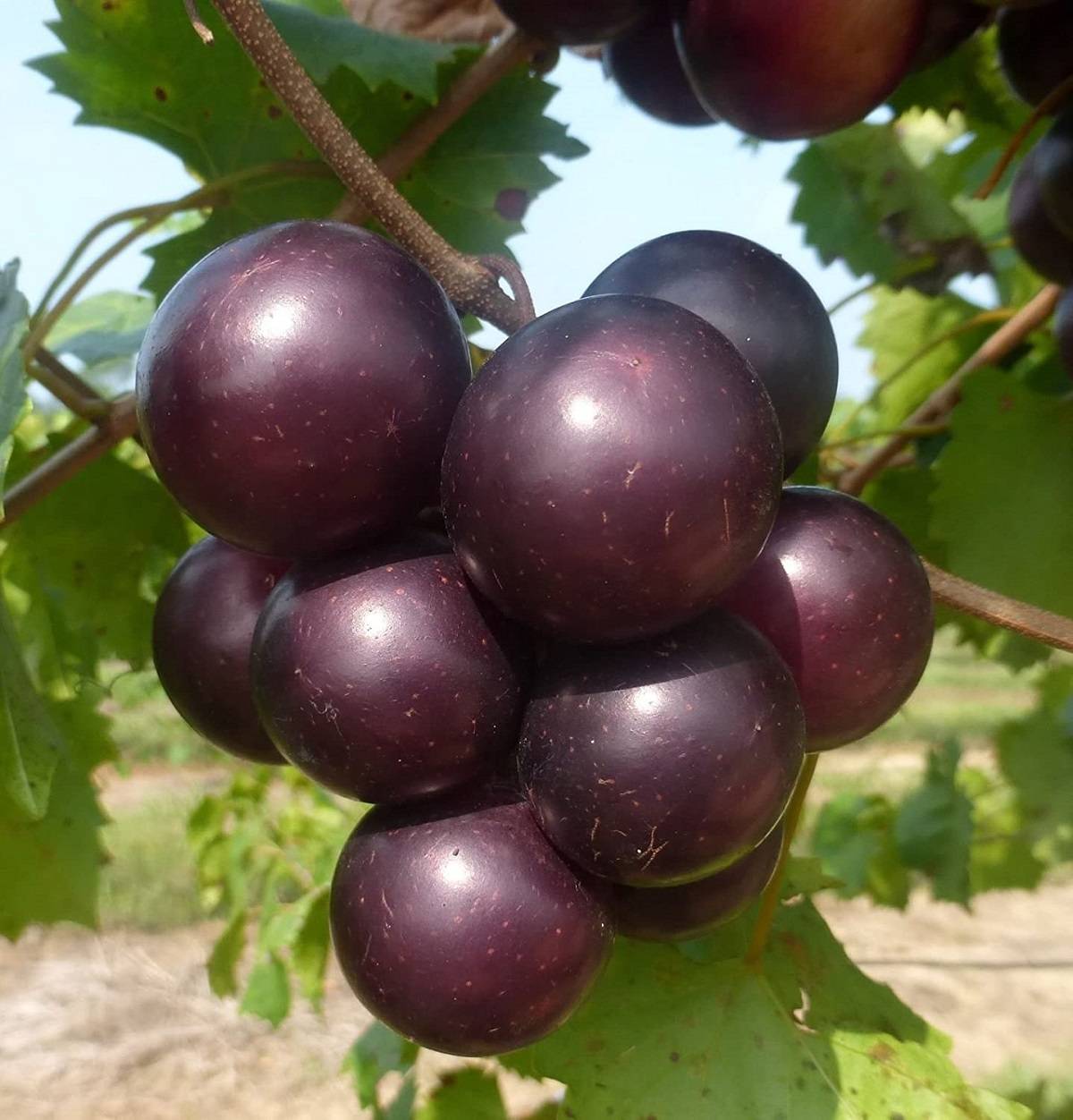
Muscadine Grapes
Although they will yield much more fruit with more sunshine, Muscadine grapes can be grown in part shade if you reside in a southern section of North America. They yield enormous, rounded fruits and grow on vines with lush green foliage.
Growing advice: Plant in the spring in a location with great drainage, and give the grape vines a sturdy trellis to climb. Harvest grapes when they mature and prune each year.
"Nobel," "Nesbitt," and "Carlos" are the best types of shade.
Harvest time is from August to September.
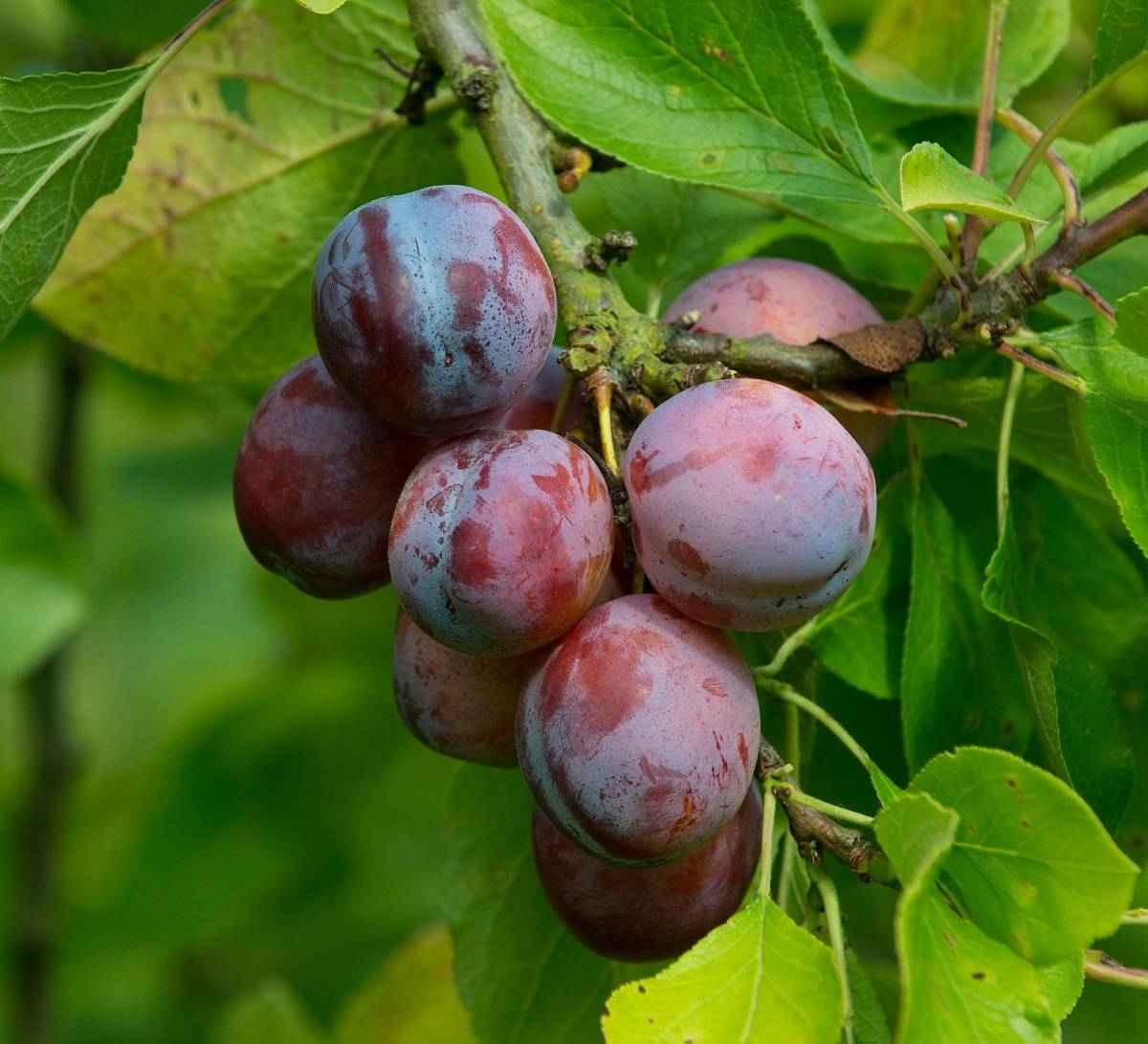
Plums
Plums will thrive in regions with some shade, ideally in locations that get early light and afternoon shade. Small, oval-shaped fruits that are often purple or scarlet are produced by trees of various sizes, whether they are dwarf or full-grown.
Growing instructions: Plant as a bare-root tree in wet, but not damp, well-draining soil. To keep the form, routinely remove dead branches.
Czar is the best variety for shade.
Harvest time is in the late summer or early fall.

Pears
Pear trees are fruit trees that do well in cooler areas and are quite resilient and minimal care. Even though they would like to have more sunshine, they can still harvest well in some shadows. Grow them in a west-facing area if you can, where they will get morning shade and afternoon sun.
Growing instructions: Plant in sandy, somewhat acidic soil that has lots of room for the roots to spread out.
"Morello" and "Taiwan Cherry" are the best types for shade.
Harvest time is in the late summer or early fall.
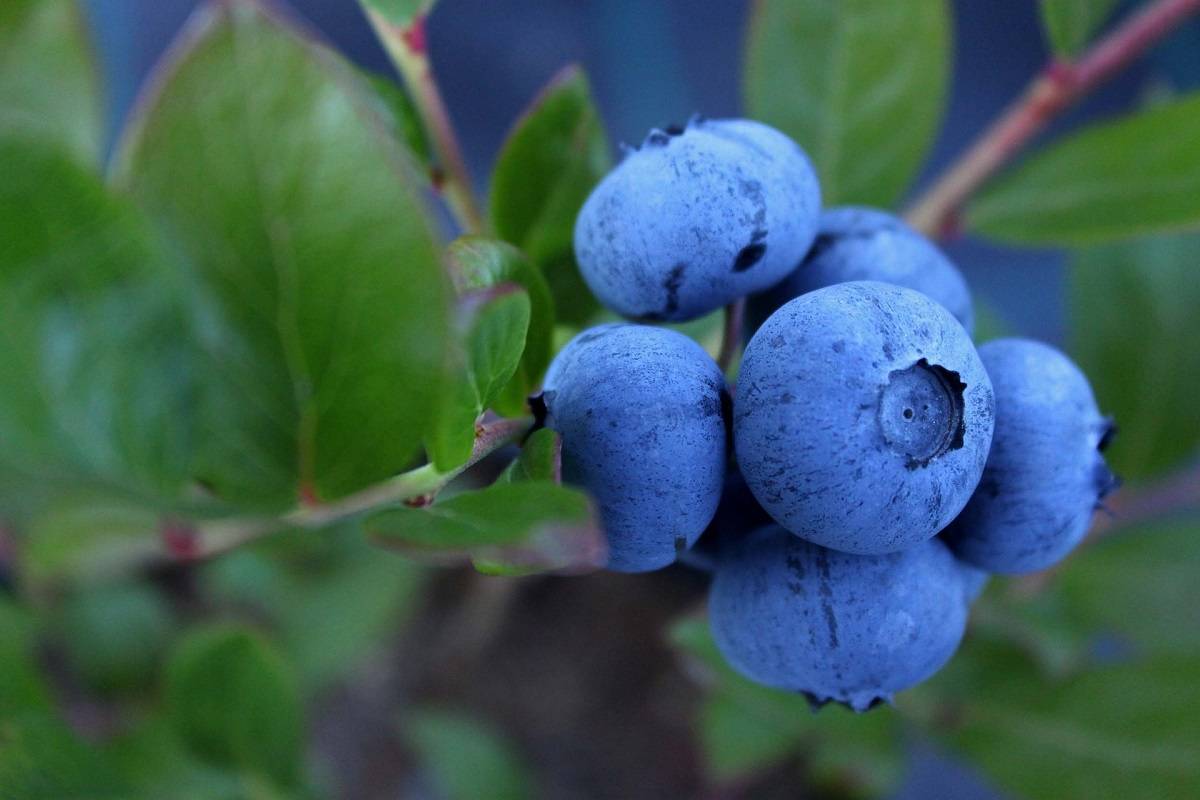
Lowbush Blueberries
This smaller type of the more popular highbush blueberry, often known as wild blueberries, can be grown in a garden but is still frequently foraged in the wild.
Because they would generally grow in the shaded understory of woods and other plants, they are tolerant to shade.
Bushes are short (6–24 inches), and they thrive in loamy, acidic soils that are high in organic content. Every few weeks, fertilize with discarded coffee grinds.
Ruby Carpet and North Blue are the best types for shade.
Harvest time is mid to late summer.
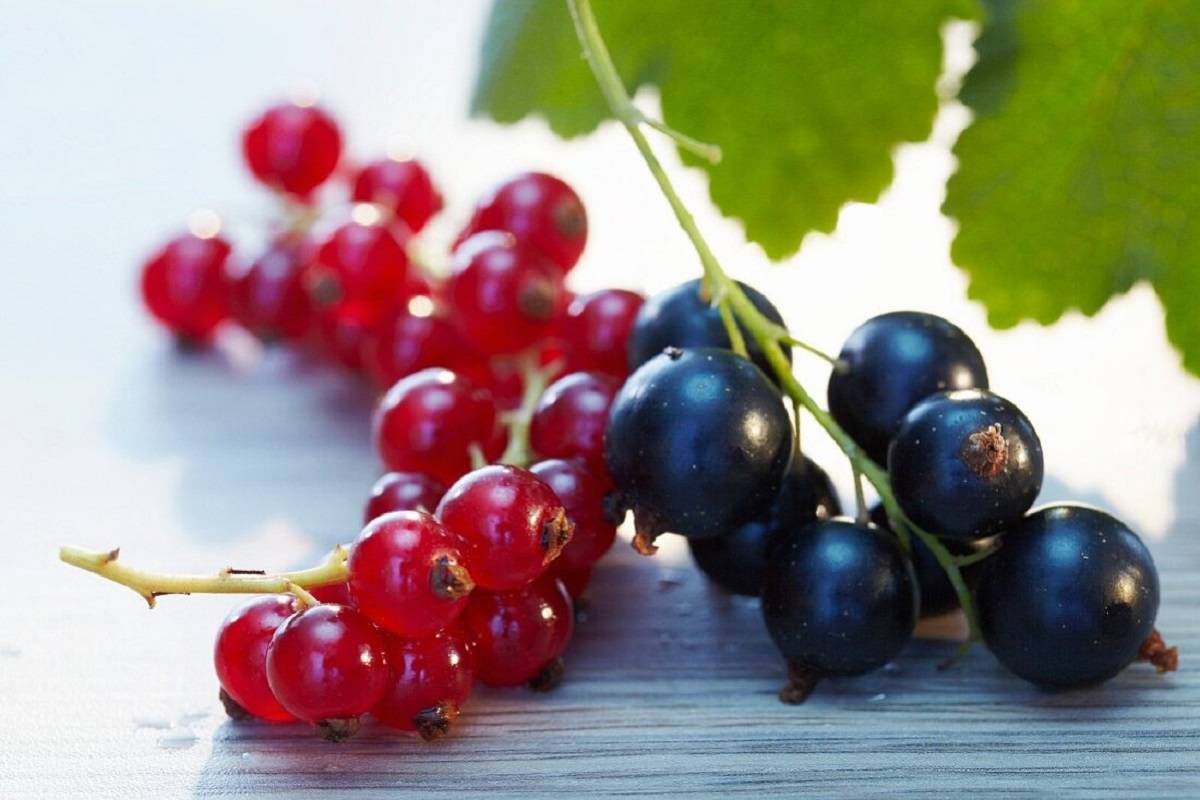
Redcurrants and Blackcurrants
The majority of currant varieties can handle some sunshine because, like blueberries, they often grow naturally in forested locations where it is dark.
They will perform better with afternoon shadow and the protection it offers from high temperatures if you reside in a warm region. They have tiny, sweet berries and require little upkeep.
Growing instructions: These plants can be grown in the ground or containers, although they favor acidic soils that are rich in organic content. Bushes should be placed 5 to 6 feet apart.
Ben Hope and Ben Connan are the best varieties for shade,
Harvest time is in the late summer.

















